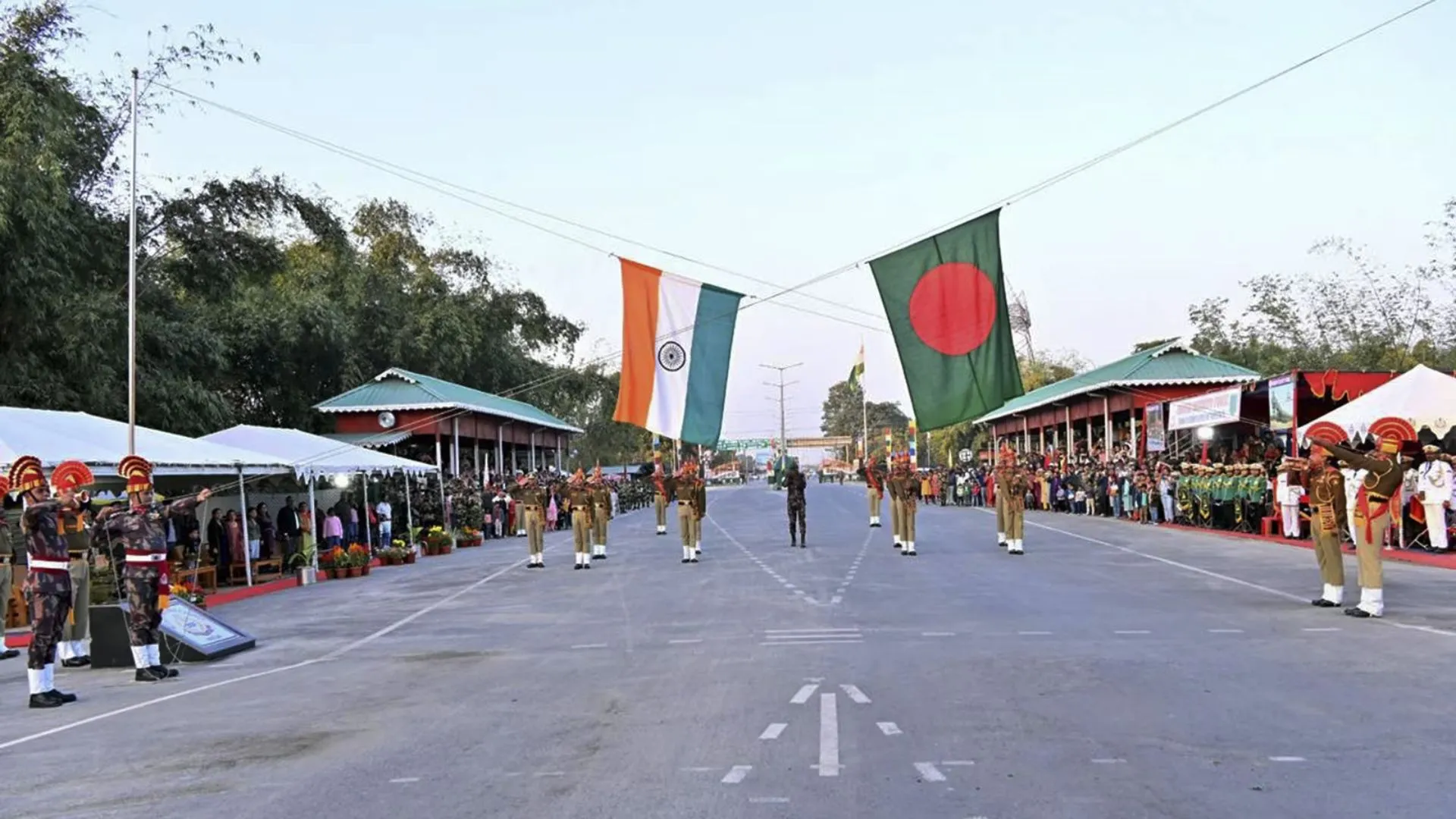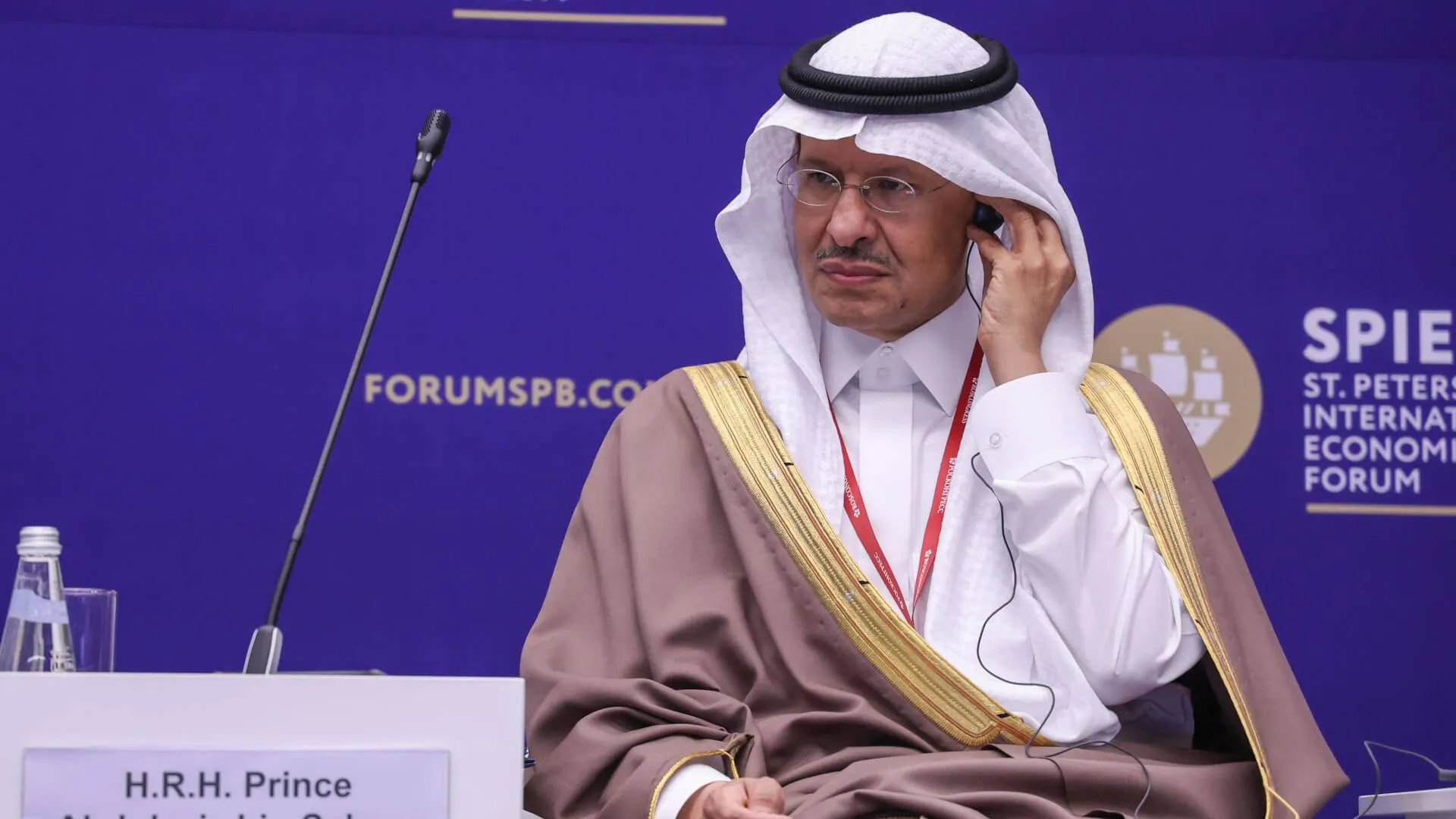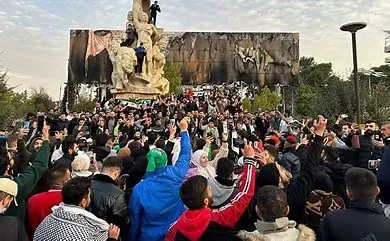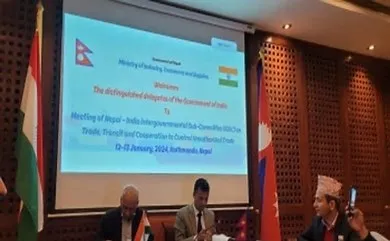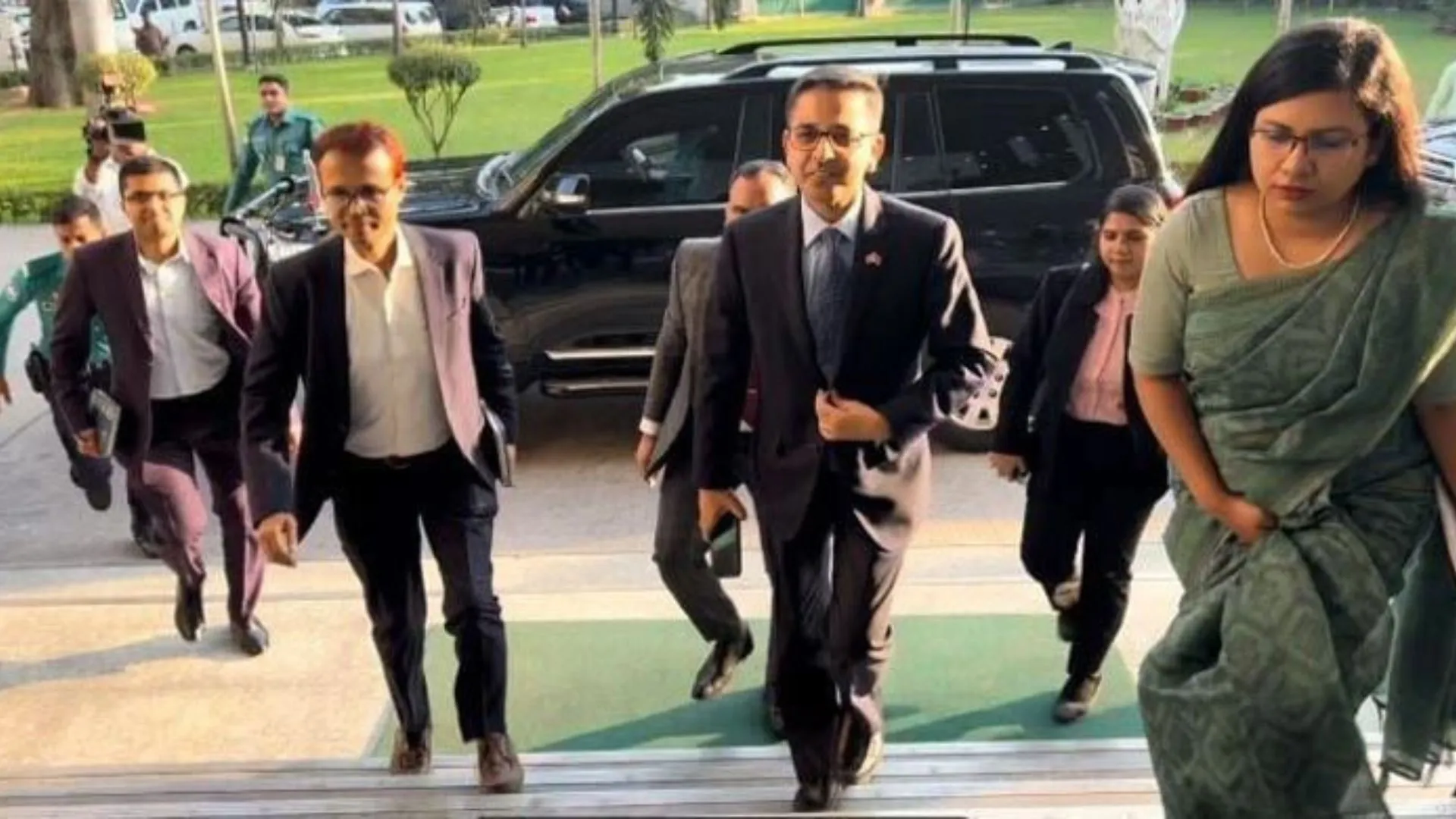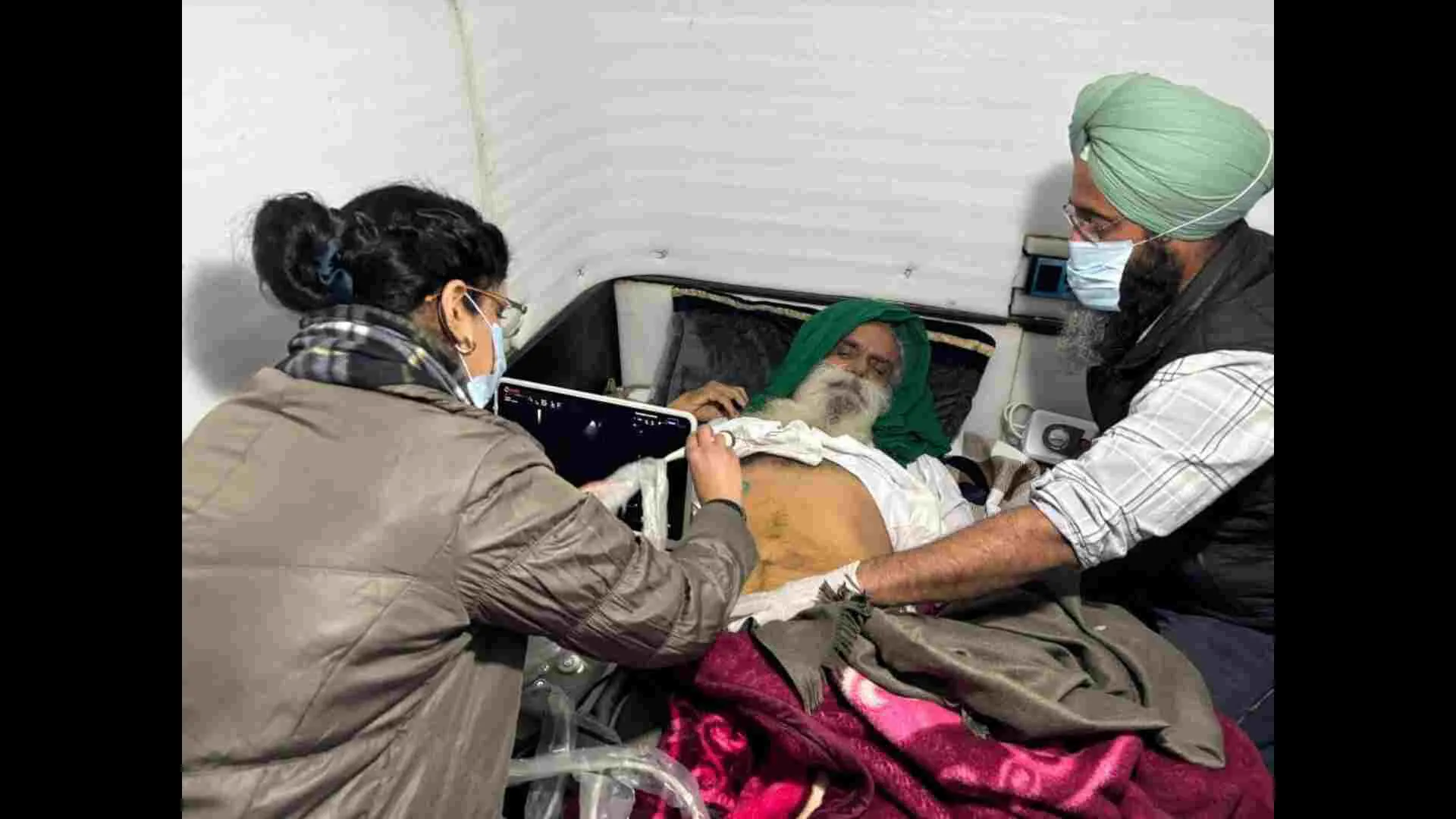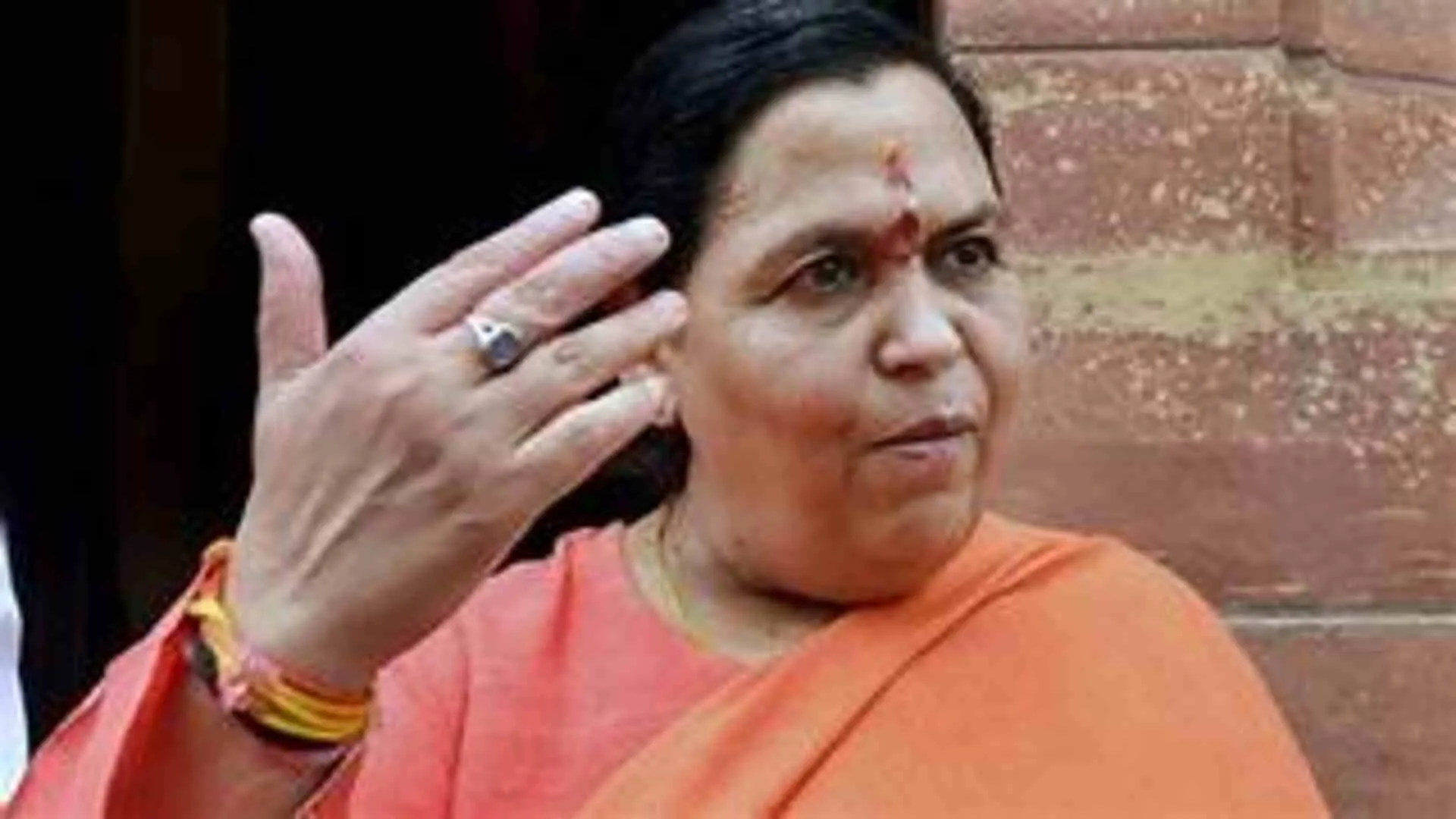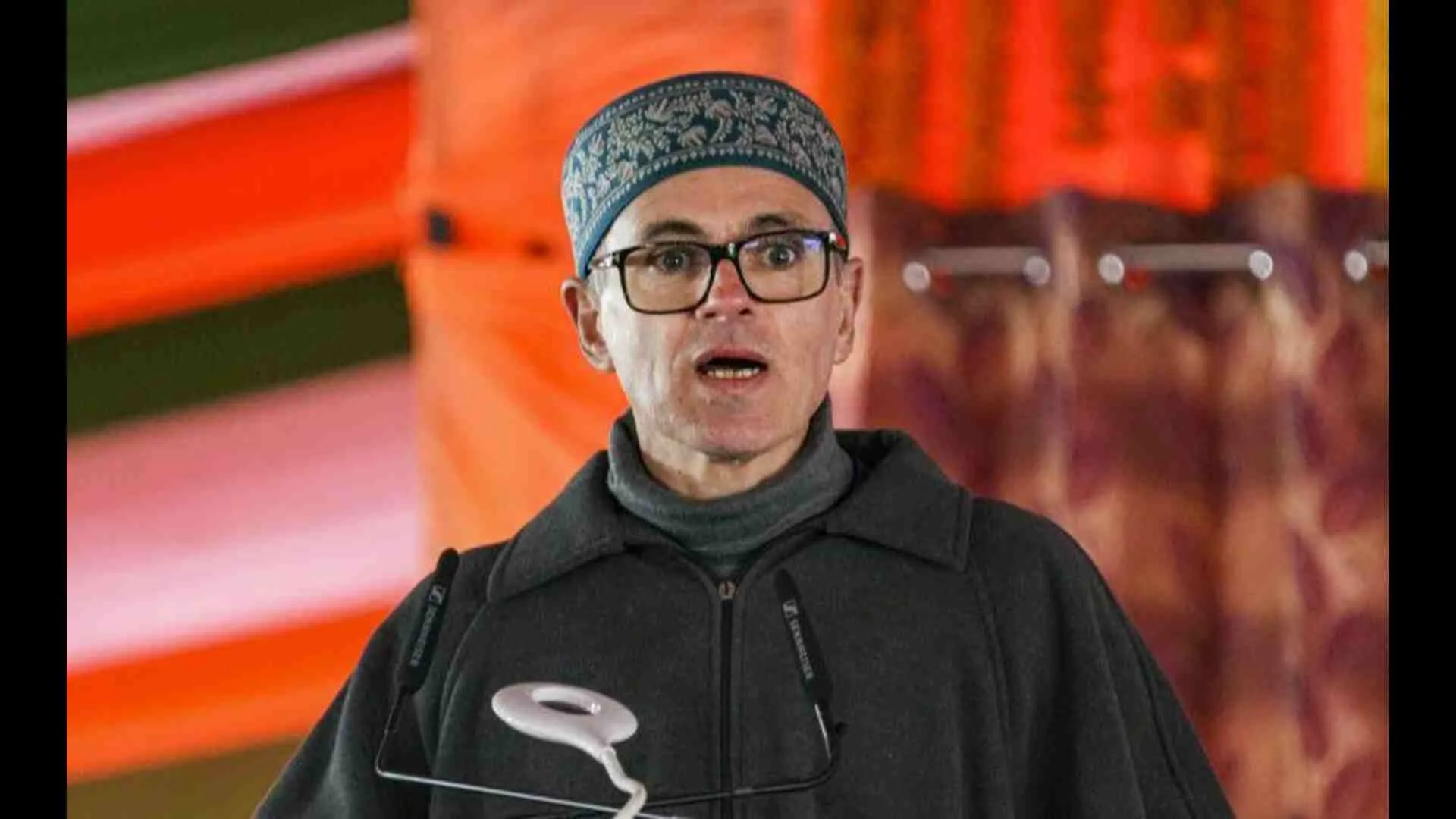Bangladesh’s temporary government, led by Nobel laureate Muhammad Yunus, has revived a border conflict with India, challenging the position of barbed wire fencing along their shared border, an issue that was previously believed to be resolved. The interim government has signaled its desire to reassess border agreements that were established under former Prime Minister Sheikh Hasina.
This situation arises amid escalating tensions between the two nations following Yunus’s appointment as chief adviser after student-led protests led to the removal of the Hasina government last August. Yunus’s role includes overseeing elections and restoring order.
On Sunday, Bangladesh’s foreign ministry summoned India’s High Commissioner Pranay Verma to express “deep concern” regarding the operations of India’s Border Security Force (BSF). In response, India’s Ministry of External Affairs (MEA) called in Bangladesh’s deputy High Commissioner Nural Islam regarding the border situation.
Bangladesh Objects to Border Fencing
During his meeting with the Indian High Commissioner, Bangladesh Foreign Secretary Jashim Uddin objected to what he labeled as “unauthorized” barbed wire fencing at various points along the 4,096-kilometer border, including areas such as Chapainawabganj, Naogaon, and Lalmonirhat. He urged India to avoid “provocative actions” that could escalate tensions.
Lt. Gen. (Retd. ) Md Jahangir Alam Chowdhury, an adviser on home affairs for Bangladesh, backed this position, describing the actions of the BSF as a violation of bilateral agreements.
India Stresses Security Concerns
In his remarks, Indian High Commissioner Pranay Verma highlighted India’s dedication to border security, emphasizing initiatives to combat smuggling, criminal activities, and trafficking. Verma stated, “We have an understanding with regard to fencing the border for security. BSF and BGB (Border Guard Bangladesh) have been in communication in this regard. We expect that understandings will be implemented and there will be a cooperative approach to combating crime. ”
Tensions Along Unfenced Stretches
Approximately 20% of the India-Bangladesh border in West Bengal remains unfenced. The BSF’s efforts to establish fencing have been opposed by Bangladesh’s Border Guard (BGB) and local inhabitants. The interim government of Bangladesh claimed that its border guards successfully halted fencing operations in certain regions.
Revisiting Border Agreements
The Yunus-led administration of Bangladesh has indicated its intention to revisit border-related agreements that were enacted during Sheikh Hasina’s governance. Jahangir Alam identified four key agreements:
1. 1974 Land Boundary Agreement – Addressing enclaves and disputed territories.
2. 1975 Joint Indo-Bangladesh Guidelines for Border Authorities – Limiting defense constructions within 150 yards of the border without mutual consent.
3. 2011 Land Boundary Agreement Protocol – Establishing new criteria for territorial exchanges.
4. 2011 Coordinated Border Management Plan – Enhancing border security and collaboration.
Alam asserted that written guarantees provided by the Hasina government enabled actions now contested by Bangladesh, including issues related to the Tin Bigha Corridor.
Tin Bigha Corridor Dispute
According to the provisions of the 1974 Land Boundary Agreement, Bangladesh ceded Berubari to India in return for access to the Tin Bigha Corridor. While this corridor was subsequently opened for 24-hour operation in 2010, later agreements allowed India to build a border fence along the zero line at Angarpota, complicating Bangladesh’s position on current objections. Jahangir Alam remarked, “A significant issue arises from the documented commitments that allowed India to carry out certain actions. One of the major concerns pertains to the Tin Bigha Corridor. ”
As the Yunus administration aims to reevaluate these agreements, the diplomatic strain between India and Bangladesh regarding border issues appears to remain unresolved.

